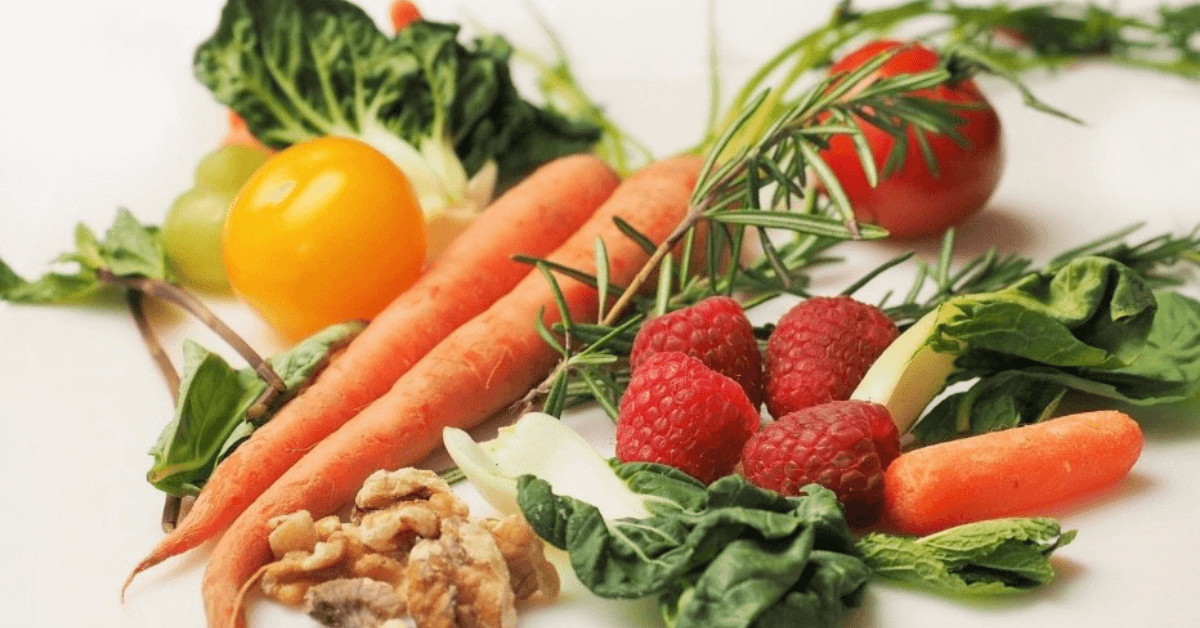Seeking assistance from a food bank can feel daunting if you’ve never visited one before. However, food banks aim to make the process as simple and welcoming as possible. This article breaks down what new clients need to know to successfully access their local food bank for the first time such as eligibility, required documents, types of food provided, and more.
Know Who Is Eligible
Most food banks serve all community members experiencing food insecurity or hardship regardless of age, race, or background. However, income eligibility criteria do apply based on federal poverty line thresholds. For an individual, annual income must generally be at or below 130% of the poverty line which is around $17,000 currently. For a family of four, the threshold is around 185% of poverty or $38,000 annually. Meeting these income standards is the primary eligibility requirement.
Collect Required Documents
When visiting for the first time, come prepared with documentation of identity, address, household size, and income for all members if possible. Commonly accepted forms of ID include a driver’s license, state ID card, birth certificate, or passport. To verify residency, bring a utility bill, lease, or mail with your current address. Income documentation such as recent pay stubs, benefit letters, or tax returns may also be requested.
Know Distribution Schedule
Food bank hours and distribution days vary by location. Call ahead or check their website for specific schedules to ensure you visit during operational hours. Many food banks hold distributions weekly or monthly on set days. Avoid visiting on the first few days of the month when volumes tend to be highest if possible.
Plan Time For Intake Process
Completing new client paperwork takes 15-30 minutes on average. Be prepared to fill out intake forms providing your contact information, signature, and details of all household members. Double-check forms for accuracy before submission. Staff are available to answer any questions during intake. Remain patient, as volumes may cause waits at busier times.
Expect A Variety Of Food
Food banks aim to distribute a balanced selection of proteins, grains, produce, dairy, and shelf-stable items. Common items include canned vegetables and fruits, pasta, rice, cereal, peanut butter, dried or canned beans and lentils, canned soups, fruit cups, powdered milk and juice boxes, and more. Quantities vary by household size but enough for 3-5 meals per person is generally provided.
Volunteer Your Time If Able
Many food banks also accept volunteers to help with tasks like sorting donations, packing boxes, assisting clients, and sanitizing produce.St. Mary’s Food Bank volunteer opportunities are available year-round in Phoenix. Volunteering allows those facing food insecurity to give back while earning job skills. It’s also a great option for students needing service hours or companies seeking team-building activities.
Access Additional Community Resources
Staff can connect new clients to other local assistance programs as well. Many food banks help apply for SNAP/EBT, WIC, school meal programs, utility assistance, rent/mortgage relief, and more. Ask intake coordinators about any other resources available for housing, healthcare, employment training, or legal aid in your area. Their goal is to link people to every source of support possible.
Feel Comfortable During Future Visits
With some familiarity now, future food bank trips should feel less intimidating. Clients can return every 30-90 days depending on the distribution schedule and guidelines. Remember that all staff and volunteers aim to make the experience as low-barrier and dignified as possible for anyone seeking help. Don’t hesitate to ask questions if unsure of anything during future distributions too.
How To Prepare For Pick-Up
Bring sturdy bags to carry home the food such as reusable grocery totes or backpacks. Consider allowing space in your car trunk for larger items like cases of water, paper goods or bulk items. Self-checkout stations may allow self-loading but volunteers are usually available to assist with loading for those with mobility issues too. Best wishes and safe travels with your new supplies!

